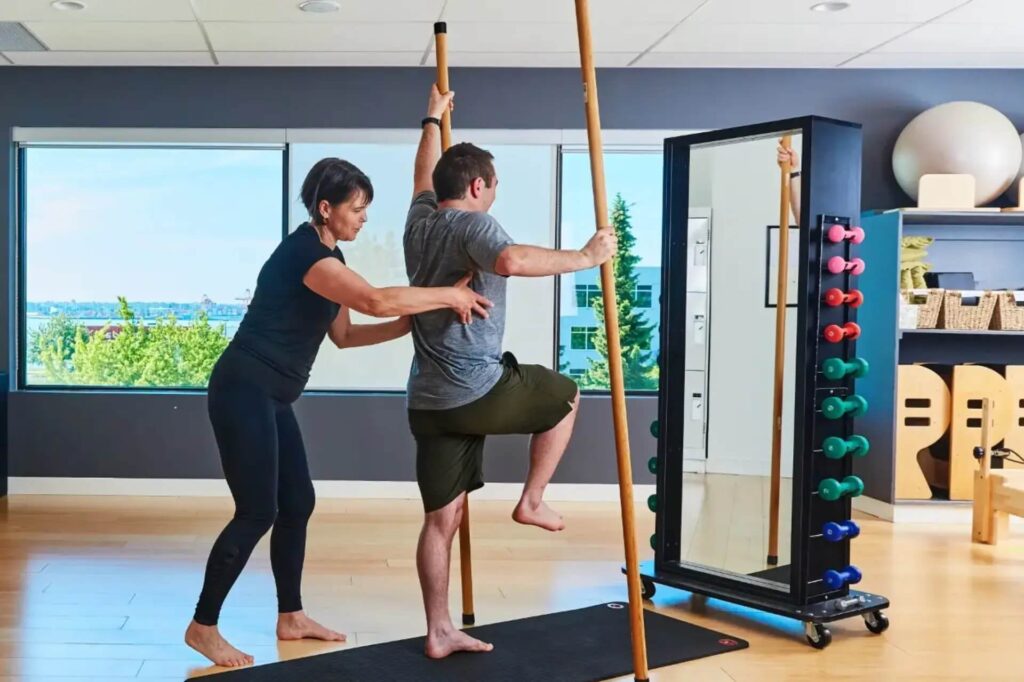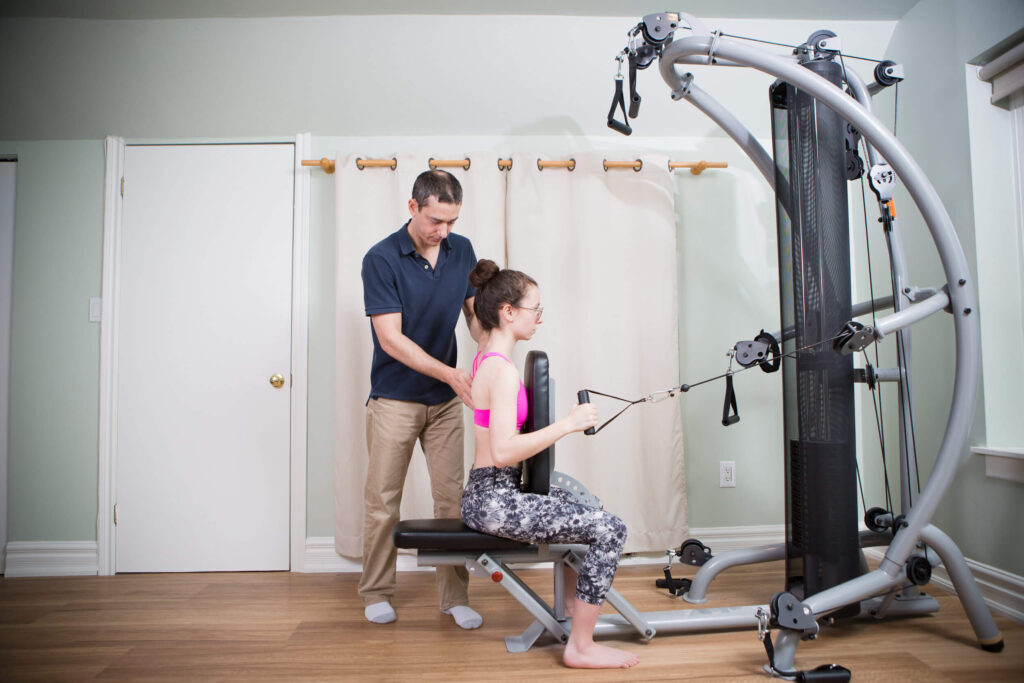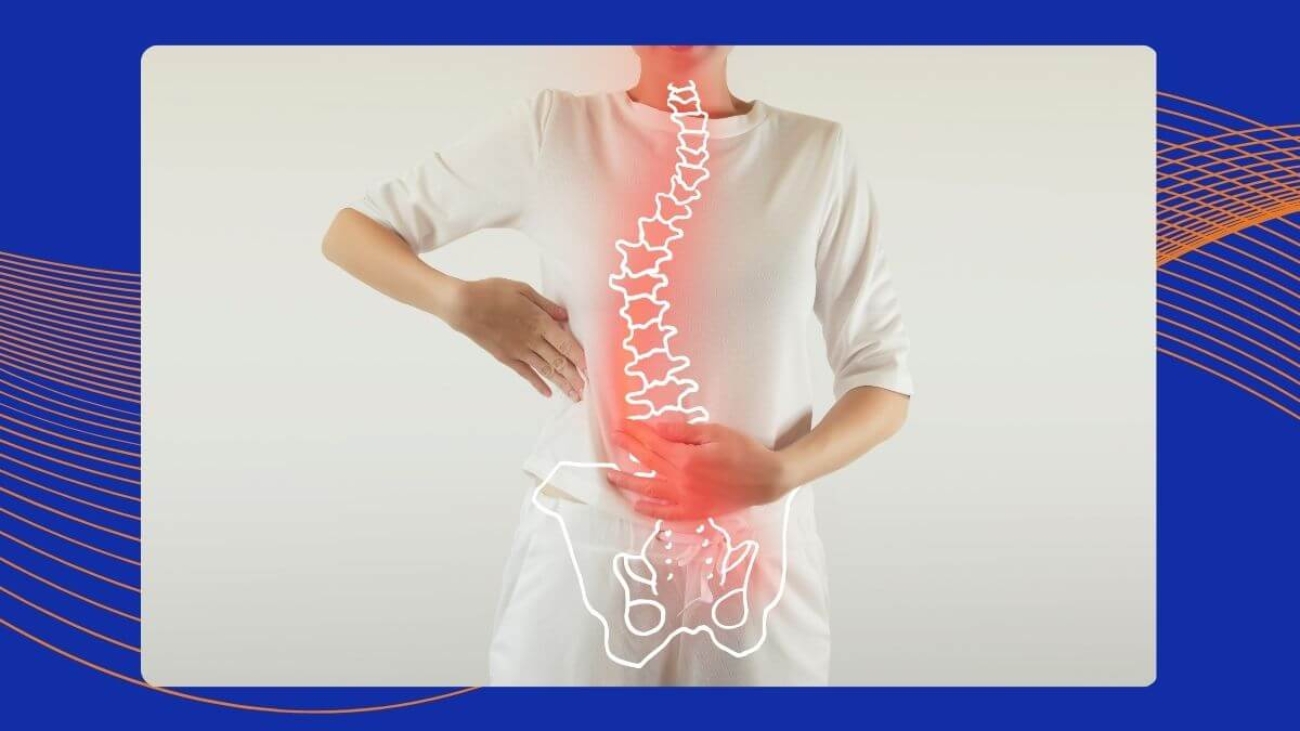Scoliosis, a medical condition characterised by an abnormal curvature of the spine, can be challenging to manage. While treatment options vary depending on the severity of the condition, exercises have been proven to be an effective method for improving the symptoms of scoliosis. From targeted stretches to strength-building exercises, we will delve into the specifics of each exercise and discuss the potential benefits they offer.
Your Starting Guide to Exercises for Scoliosis
Targeted stretches can be beneficial in relieving the tension and tightness associated with scoliosis. These stretches often focus on the muscles surrounding the spine and can help improve flexibility and reduce discomfort. Strength-building exercises are essential for stabilising the spine and improving posture. Using tools like a soft pilates ball can enhance these exercises by providing support and resistance, helping to better engage the core muscles and evenly distribute the load on the spine, thereby reducing the strain on the curvature.
It’s crucial to note that exercise plans for scoliosis should always be tailored to the individual’s specific needs and condition severity. Consulting with a healthcare professional or physical therapist is recommended to ensure the exercises are appropriate and safe for optimum results.

Choosing the Right Exercises
Here’s a step-by-step guide to help you choose appropriate exercises for scoliosis:
1. Consult with a Healthcare Professional:
- Before starting any exercise program, it’s essential to consult with a healthcare provider, preferably one with expertise in scoliosis management. This may include a physical therapist, orthopaedic specialist, or chiropractor.
- Your healthcare provider can assess the type and severity of your scoliosis, identify any associated health issues, and provide guidance on exercise safety and limitations.
2. Understand Your Scoliosis:
- Learn about your specific scoliosis curve(s), including the degree of curvature and its location in your spine. Different types and severities of scoliosis may require different exercise approaches.
- Understand whether your scoliosis is structural (fixed) or functional (postural), as this can influence the choice of exercises.
3. Seek Professional Guidance:
- Consider working with a qualified physical therapist or certified personal trainer with experience in scoliosis management. They can design a customised exercise program tailored to your needs and goals.
- A professional can provide hands-on guidance to ensure you perform exercises correctly, minimise the risk of injury, and maximise benefits. For severe scoliosis, you may check if you can get funded by NDIS services like NDIS exercise physiology to receive specialized support and guidance tailored to your condition.

4. Focus on Core Strengthening:
- Core strength is crucial for individuals with scoliosis, as it helps provide stability and support to the spine. Exercises that target the core muscles, including the abdominal and lower back muscles, are often beneficial.
- Examples of core-strengthening exercises may include planks, bridges, and pelvic tilts.
5. Emphasise Flexibility and Stretching:
- Stretching exercises can help improve flexibility and alleviate muscle tension associated with scoliosis. Focus on stretching both sides of the body to maintain balance.
- Incorporate stretches for the chest, shoulders, hip flexors, and the muscles along the spine.
6. Avoid High-Impact Activities:
- Depending on the severity of your scoliosis and your healthcare provider’s recommendations, you may need to avoid high-impact activities that stress the spine. This includes activities like heavy lifting and high-intensity workouts.
- Low-impact activities like swimming, walking, and gentle yoga may be more suitable.
7. Pay Attention to Posture:
- Practising good posture during daily activities is essential for managing scoliosis. Your healthcare provider can guide you on maintaining proper alignment and posture throughout the day.

8. Monitor Progress and Adjust:
- Regularly assess your progress and consult your healthcare provider or trainer to make necessary adjustments to your exercise routine.
- Be patient and consistent with your exercise program. It may take time to see significant improvements.
Remember that each person’s experience with scoliosis is unique, and what works for one individual may not be suitable for another. Therefore, individualised guidance and supervision from healthcare professionals are crucial in selecting and implementing scoliosis exercises.
Maintaining Progress
Maintaining progress is crucial when it comes to managing scoliosis. Consistency ensures that the exercises and treatments effectively improve this condition’s symptoms. One tip for consistency is to create a schedule or routine that includes the recommended exercises. By setting aside specific times each day or week to focus on these exercises, individuals can ensure they are not neglecting their treatment plan.
Another tip for maintaining progress is gradually increasing the intensity or difficulty of the exercises over time. It allows the body to be challenged and adapt, continually improving. Monitoring progress and tracking improvements can also motivate and provide a sense of accomplishment, encouraging consistency in the exercise routine.
Consulting with a healthcare professional or physical therapist throughout the process is essential. They can provide guidance, reassess, and adjust the exercise plan as needed. Regular check-ins with a healthcare professional can help individuals stay accountable and ensure they are on the right track towards effectively managing their scoliosis.
More to read:
Finding the Best Lasik Eye Surgery Cost Sydney
How Much Is LASIK in Australia?

